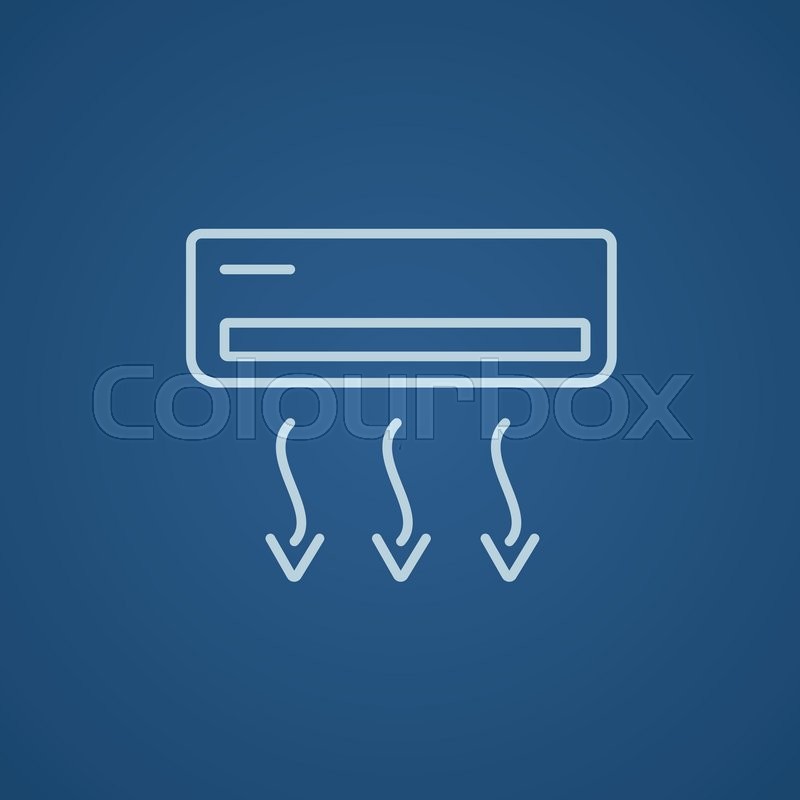Taking A Look At Climate'S Function In Heat Pump Performance And Suggestions For Optimization
Taking A Look At Climate'S Function In Heat Pump Performance And Suggestions For Optimization
Blog Article
Write-Up By-Bengtson Termansen
When it pertains to your heatpump, weather condition plays a critical function in its efficiency. From freezing temperatures to sweltering heat, each aspect can affect how successfully your system operates. But what can you do to battle these weather-related difficulties and ensure your heat pump is working at its ideal? Keep tuned to uncover useful suggestions and strategies to optimize your heat pump's efficiency, despite the weather it faces.
Weather Variables Influencing Heat Pump Effectiveness
Weather condition aspects have a significant influence on the effectiveness of heatpump. One essential factor is temperature. Heatpump work by moving warm from outdoors to within throughout wintertime and vice versa in summer season. As temperature levels decrease, it ends up being harder for the heatpump to essence warmth from the outside air, decreasing its performance.
An additional crucial element is humidity. High moisture levels can make it much more challenging for the heatpump to launch heat during the cooling process.
In addition, wind speed contributes. Strong winds can dissipate the warm absorbed or launched by the heatpump, influencing its total efficiency.
Tips for Optimizing Heat Pump Performance
To boost the efficiency and longevity of your heat pump, executing a few vital strategies can make a substantial distinction in its efficiency.
First of all, ensure regular maintenance by cleaning or replacing filters every 1-3 months to avoid air flow obstructions and make best use of air movement. In addition, schedule annual specialist examinations to find and deal with any potential concerns early.
Ideal thermostat setups also play an essential duty. During the winter season, go for a temperature setting that's as low as comfortable, and during the summer season, established it as high as comfortable to minimize the workload on your heat pump. Utilizing a programmable thermostat can aid you automatically change setups based on your routine.
Moreover, sealing please click the next webpage in ductwork and protecting air ducts in unconditioned areas can prevent energy loss and boost total system performance.
Lastly, think about installing a clever thermostat that can learn your habits and change settings as necessary, more maximizing your heatpump's efficiency. By adhering to these suggestions, you can guarantee your heat pump runs successfully and effectively throughout the year.
Best Practices for Weatherproofing Your Heat Pump
For ideal efficiency and performance of your heat pump, applying weatherproofing measures is necessary. Begin by securing any type of spaces or splits around doors, windows, and ductwork to stop warmth loss and maintain a consistent indoor temperature level.
Shield subjected pipelines and ducts to avoid cold during cold weather and guarantee proper air flow. Consider mounting a safety cover over the outside device to protect it from extreme climate aspects like snow, ice, and debris.
On a regular basis tidy the outside system to get rid of dust, leaves, and debris that can obstruct air flow and lower performance. Additionally, keep the area around the heat pump clear of snow, ice, and greenery to enable proper ventilation.
Conclusion
Now that you comprehend just how weather condition influences your heatpump performance, you can take positive steps to enhance its effectiveness. By complying with the ideas described in this short article, such as normal upkeep, thermostat modifications, and weatherproofing steps, you can make sure that your heatpump operates at its ideal despite the weather. Keep ahead of the game and maintain your home comfy all the time.
